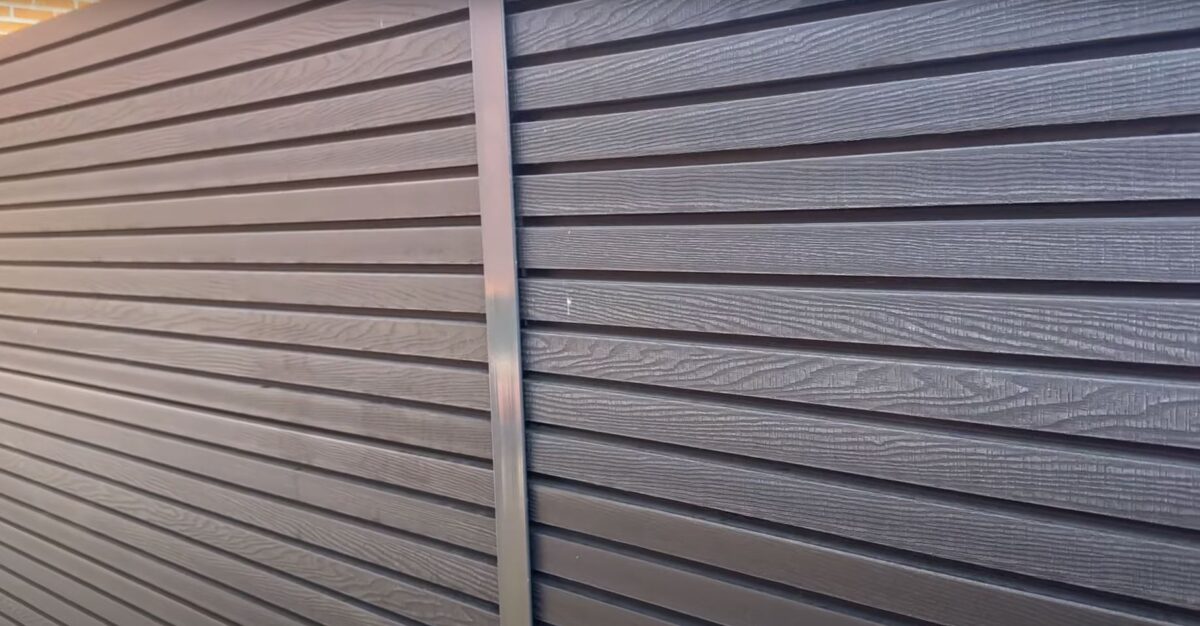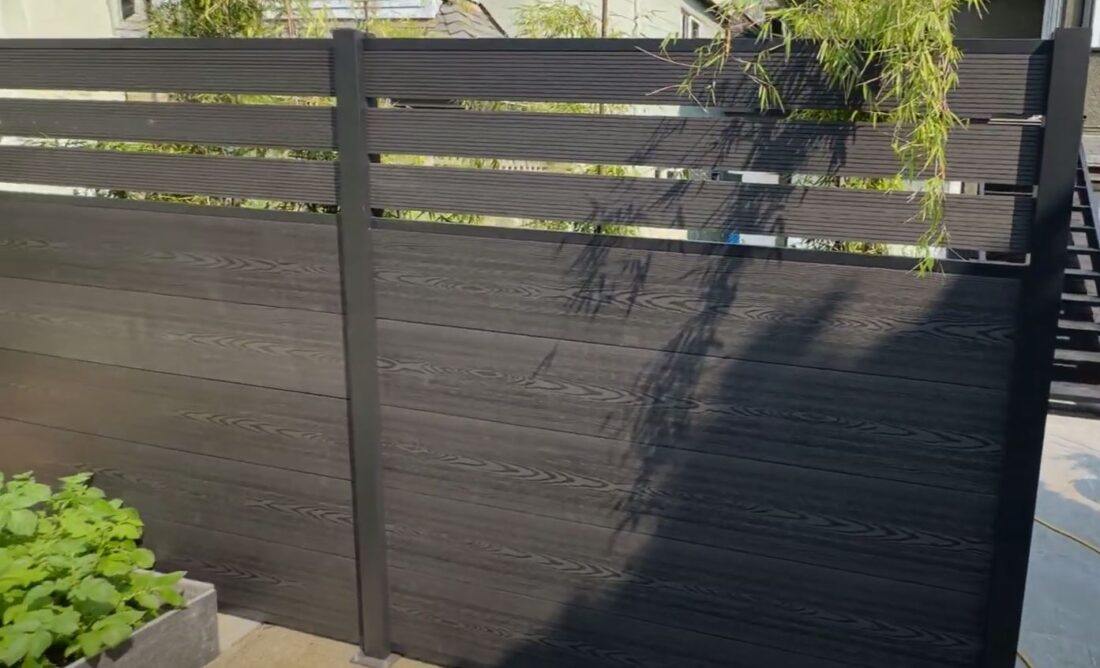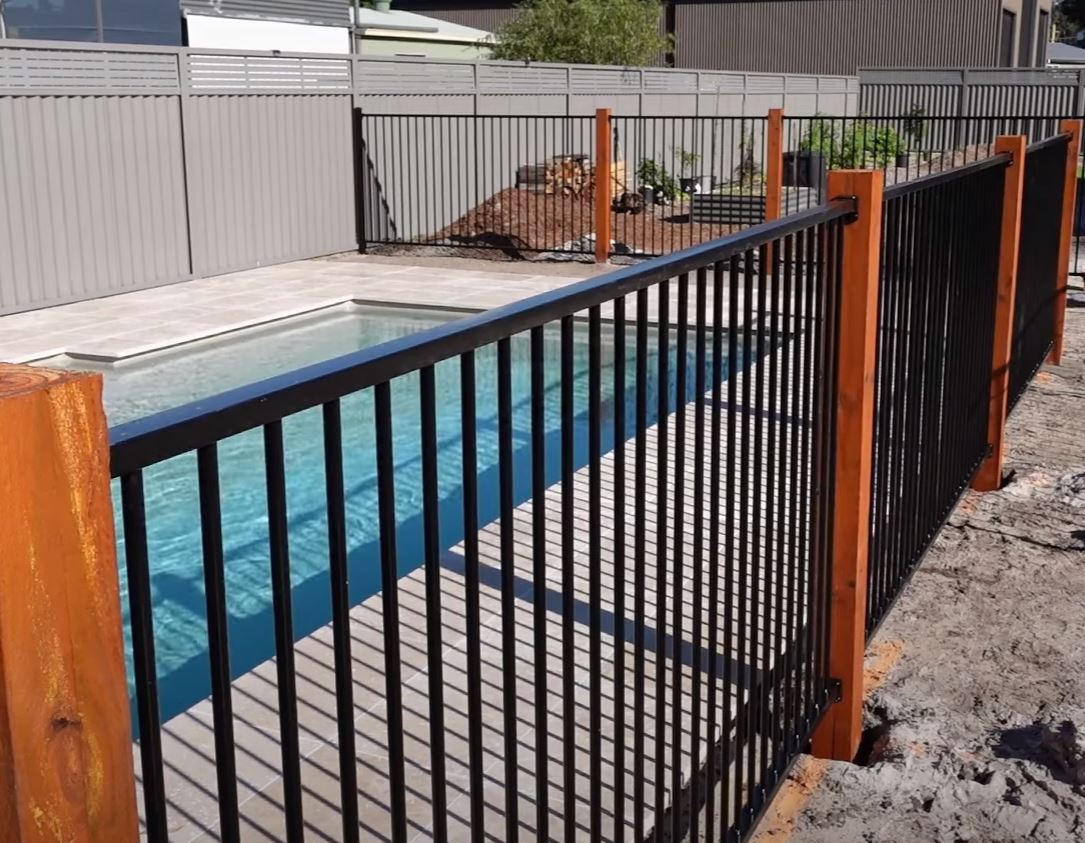Composite Fencing: A Smart Choice for Auckland’s Climate
Understanding Composite Materials
Composite fencing materials combine wood fibres with plastic to produce a robust, durable, and visually appealing alternative to traditional fencing options. They have risen in popularity, particularly in areas like Auckland, where the unique climatic conditions pose challenges for outdoor structures.
Durability against Auckland’s Weather
Auckland’s climate is known for its occasional storms, wet winters, and humid summers. Composite fencing stands out in such conditions due to its:
- Resistance to Moisture: Unlike pure wood that can absorb water and rot, composites don’t suffer the same fate. Whether you’re near the coastal vibes of Mairangi Bay or inland towards Whitford, this fencing holds its own.
- UV Stability: Composite materials resist fading, ensuring the fence retains its colour for longer, even in the strong Auckland sun.
- Sturdiness: Composites resist warping, splitting, or breaking, making them less vulnerable to Auckland’s unpredictable weather.
Low Maintenance Commitment
Homeowners love ease, and composite fencing delivers:
- No Painting Required: The colour is integrated into the material, eliminating the need for regular painting.
- Easy Cleaning: A simple hose down usually suffices to keep the fence looking fresh.
Eco-Friendly Solution
Composite fences incorporate recycled materials, aligning with modern eco-conscious choices.
Health and Safety Insights
Composite fences pose fewer risks than traditional materials:
- No Splinters: This material doesn’t split or splinter, reducing potential injuries.
- Fire Resistance: While not entirely fireproof, composite materials tend to have better fire-resistance compared to pure wood.
Comparison with Other Fencing Materials
Auckland homes boast a variety of fencing materials. Here’s how they stack up:
Traditional Wood:
-
- Pros: Natural look, relatively inexpensive.
- Cons: Requires regular maintenance, susceptible to weathering, potential for rot.
Vinyl:
-
- Pros: Low maintenance, long-lasting.
- Cons: Can become brittle over time, especially in colder conditions.
Metal (e.g., aluminium):
-
- Pros: Durable, modern aesthetic.
- Cons: Can corrode in coastal areas, less privacy.
Composite:
-
- Pros: Durable, low maintenance, eco-friendly, aesthetic appeal similar to wood.
- Cons: Initial cost is higher than some traditional materials.
Cost-Effectiveness in the Long Run
While the upfront investment in composite fencing might be higher than other materials, its longevity and minimal maintenance requirements often make it a cost-effective solution over the years.
Wrap-up: Why Choose Composite Fencing in Auckland
Composite fencing offers Auckland homeowners a solution that’s durable, attractive, and aligned with modern sustainable choices. Whether you’re soaking up the coastal charm of Mairangi Bay or enjoying the serene landscapes of Whitford, this fencing option has proven its worth. Considering a fencing project? Engage Quality Fencing Auckland to explore the best fencing solutions tailored to your fence builder needs
Fencing Materials at a Glance
| Material | Pros | Cons |
| Wood | Natural look, cost-effective upfront | High maintenance, susceptible to rot |
| Vinyl | Durable, low maintenance | Can become brittle, less natural look |
| Metal | Highly durable, modern | Potential corrosion in coastal areas |
| Composite | Durable, eco-friendly, low maintenance | Higher initial cost |
Composite Fencing in Auckland: Common Queries
What exactly is composite fencing?
Composite fencing is a combination of wood fibres and plastic. This fusion results in a robust, durable, and visually appealing fencing material that boasts many benefits, particularly suitable for challenging climates.
Why is composite fencing preferred in Auckland’s climate?
Auckland’s weather, known for its wetness and humidity, can wear down traditional materials quickly. Composite fencing is resistant to moisture, UV rays, and is sturdier, making it a preferred choice for such conditions.
How does composite fencing fare in terms of maintenance?
One of the major advantages of composite fencing is its low maintenance. It doesn’t require regular painting and is easily cleaned with basic hosing.
Is composite fencing eco-friendly?
Yes, composite fences often incorporate recycled materials, making them a green choice for homeowners who are environmentally conscious.
How safe is composite fencing?
Composite fencing poses fewer risks than traditional options. It doesn’t splinter or split, which reduces potential injuries. Moreover, it generally offers better fire-resistance compared to pure wood.
Does composite fencing look as good as traditional wood fencing?
Composite fencing is designed to mimic the aesthetic appeal of wood closely. Many homeowners appreciate its look, which combines the best of traditional wood’s appeal with modern durability.
How does the cost of composite fencing compare to other materials?
While the initial investment for composite fencing can be higher than some traditional materials, its longevity and minimal maintenance often result in cost savings in the long run.
Can composite fencing withstand coastal conditions, like in Mairangi Bay?
Absolutely. One of the standout benefits of composite fencing is its resistance to moisture and salt, making it an excellent choice for coastal areas.
Are there any notable downsides to composite fencing?
The primary drawback is the initial cost, which can be higher than some traditional materials. However, when considering the long-term benefits and reduced maintenance costs, many find it to be a worthwhile investment.
Insights on Composite Fencing in Auckland
Superior Durability
Composite fencing stands out for its robustness, especially in the fluctuating Auckland climate, making it an investment that lasts longer than traditional fencing materials.
Minimal Maintenance
Homeowners can bid farewell to regular painting and intensive care, as composite fences only require an occasional hose-down to maintain their appearance.
Cost-effective in the Long Run
Despite the potentially higher upfront costs, the longevity and reduced maintenance needs of composite fencing often result in overall savings.
Eco-friendly Choice
Composite fencing frequently integrates recycled materials, positioning it as a green alternative that is better for the environment.
Safety Comes First
The design of composite fences minimises risks like splintering, ensuring a safer environment for families and pets.
Aesthetic Appeal Meets Functionality
While providing enhanced durability, composite fencing doesn’t sacrifice on looks, mimicking the charm of traditional wood without its associated drawbacks.
Perfect for Coastal Conditions
For those residing in coastal suburbs like Mairangi Bay, composite fencing offers the additional advantage of being resistant to salty, moist conditions.



